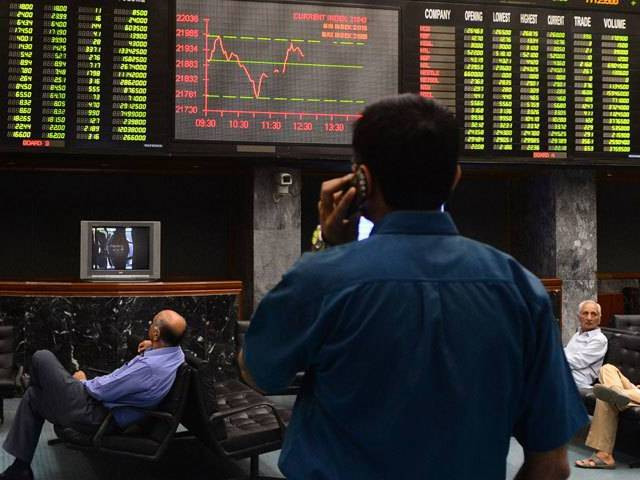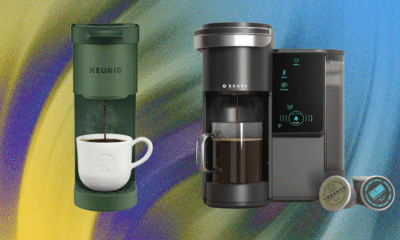Business
From PepsiCo to Taco Bell, dirty soda is taking over

Utah-based drink chain Swig coined “dirty soda” back in 2010. Fifteen years later, the trend is fueling innovation everywhere from PepsiCo to McDonald’s, infusing the sluggish beverage category with new life.
“Dirty soda” drinks use pop as a base, followed by flavored syrups, cream or other ingredients. While Swig claims credit — and the trademark — for dirty soda, TikTok videos and the reality TV show “The Secret Lives of Mormon Wives” have helped the trend spread far and wide, outpacing even the soda chain’s speedy expansion.
Now, consumers can find it nearly everywhere, from grocery store aisles to fast-food chains.
In a few weeks, Pepsi plans to unveil two ready-to-drink dirty soda-inspired beverages at the National Association of Convenience Stores trade show in Chicago. The new drinks, the Dirty Dew and the Mug Floats Vanilla Howler, follow on the heels of the Pepsi Wild Cherry & Cream flavor, which hit shelves earlier this year.
“I think it’s a great opportunity for people like us, like PepsiCo, and for consumers to experience soda in a new way — and in some ways, an old way,” Pepsi Beverages North America Chief Marketing Officer Mark Kirkham told CNBC, comparing the rise of dirty soda to root beer floats and the soda shops of yore.
PepsiCo’s lineup of dirty soda-inspired drinks includes Pepsi Wild Cherry & Cream, Dirty Mountain Dew and Mug Floats Vanilla Howler.
Source: PepsiCo
Dirty soda has also drawn new interest beyond beverage players. According to Datassential, 2.7% of U.S. eateries offer a carbonated soft drink that includes cream or milk, up from 1.5% a decade ago.
Newcomers to the trend include TGI Fridays, which launched dirty soda as a limited-time menu item this summer that could be spiked with alcohol. McDonald’s is testing flavored sodas, like a “Sprite Lunar Splash,” at more than 500 locations after winding down its drinks-focused spinoff CosMc’s in June. Yum Brands’ Taco Bell has also been offering limited-time menu items, like a dirty Mountain Dew Baja Blast.
Swig sets a trend
These days, Swig has grown to more than 140 locations across 16 states. So far this year, its same-store sales have risen 8.2%, according to the privately held company. The Larry H. Miller Company, an investment firm founded by the former Utah Jazz owner, bought a majority stake in Swig in 2022 for an undisclosed sum.
“I think we’re doing for soda what Starbucks did for coffee,” Swig CEO Alex Dunn said.
As Swig has grown, so have the number of chains looking to emulate its success. Rival soda shops like Sodalicious, Fiiz and Cool Sips are also benefiting from the trend. Coffee shops, like Dutch Bros., have also added it to their menus. And now fast-food chains are hopping on the bandwagon.
“It validates that this is a category, and McDonald’s and Taco Bell wouldn’t be getting into it if it wasn’t something that had broad appeal that they could sell everywhere, in thousands of locations,” Dunn said. “It’s kind of flattering that we created a category that now everybody is copying.”
For restaurants, adding dirty soda to the menu is easier than it might sound.
“It’s a custom drink offering that, one, allows the brands to leverage something that they already have right there: their soda machine,” said Erica Holland-Toll, culinary director at The Culinary Edge, which advises restaurants on food and beverage innovation. “Two, it incorporates either a one-touch ingredient, or if they’re already open for breakfast, it’s quite likely that they’ve got a creamer in house.”
On the other hand, offering customizable coffee drinks is usually much more difficult — which has contributed to the struggles at Starbucks.
“The espresso world — that’s so much more complicated,” Holland-Toll said.
Dirty soda also has wide appeal. With less caffeine than coffee, consumers can drink it all day long. Plus, it’s “much more accessible” than some coffee house trends, like an espresso tonic, according to Holland-Toll. The bright colors of many dirty sodas also make them more attractive to consumers, who were likely introduced to the trend via a TikTok video.
But perhaps above all, dirty soda can help restaurants draw in customers who are otherwise feeling thrifty.
“It’s an affordable fun treat. You’re not going out and spending $30 or $50, right?” said Sally Lyons Watt, chief advisor of consumer goods and foodservice insights for Circana. “It’s something that people can walk away saying, ‘Wow, that was yummy’ or ‘I feel better because I just had that.'”
A pop for beverage companies
Swig drinks.
Courtesy: Swig
A “fun treat” for consumers is adding up for beverage companies, helping reverse the decades-long trend of declining soda consumption in the U.S.
As health concerns mount and the array of beverage options expands, Americans have been drinking less soda for roughly two decades. In 2004, soda consumption peaked at 15.3 billion gallons, according to Beverage Marketing; by 2024, that figure had slid to 11.87 billion gallons. But consumption of carbonated soft drinks has been ticking up in the last two years, with 2025 estimated to reach 11.88 billion gallons. The rise of dirty soda, plus the growing popularity of prebiotic sodas, has likely helped the segment halt its downward trajectory.
Over the years, iced coffee has been stealing what the beverage industry calls “share of throat” from soda. With dirty soda, consumers can marry their love of customizing a cold drink with the lower caffeine content and taste of soda.
“The carbonation makes it feel lighter in your mouth than coffee, for example,” Holland-Toll said.
Dirty soda has also been attracting younger consumers who previously didn’t drink much Pepsi or Dr Pepper. Swig’s core customer base is young women between the ages of 18 and 35, according to Dunn.
That’s true for Holly Galvin, a 31-year-old human resources professional based in Davenport, Iowa. She told CNBC that she rarely drank soda — until she saw dirty soda take the spotlight in the “The Secret Lives of Mormon Wives” last year. Now she makes her own dirty soda once or twice a week at home. With the onset of autumn, her go-to recipe these days uses Diet Dr Pepper as a base, with pumpkin spice creamer and a sprinkle of pumpkin pie spice on top.
Broadly, younger consumers are more inclined to seek out new drinks compared with older cohorts. Nearly three-quarters of Generation Z try a new beverage every month on average, according to Keurig Dr Pepper’s 2025 trend report.
Beverage companies say that they are seeing a broader halo effect for soda as a result of the trend.
“For us, it serves as a recruitment tool, bringing new users into the trademark,” said Katie Webb, vice president of innovation and transformation for Keurig Dr Pepper. “It really draws them all the way back to the base brand, which ends up being extremely impact for us long after.”
And just as craft cocktail culture led to the rise of canned cocktails, the popularity of dirty soda is leading beverage giants to cash in with ready-to-drink versions that capitalize on the trend. Dr Pepper Creamy Coconut was the company’s most successful limited-time carbonated soft drink to date, based on retail dollar sales, according to Webb. And Kirkham said Pepsi Wild Cherry & Cream has been one of the fastest-growing flavor segments for the company.
“Some trends start retail and move over to foodservice,” Circana’s Lyons Wyatt said. “This one was a foodservice trend moving into retail.”
With Pepsi Wild Cherry & Cream and next year’s launch of Dirty Dew and the Mug Floats Vanilla Howler, Kirkham expects that consumers will become even more creative with their concoctions.
“I think it’s actually giving [consumers] the chance to experiment even more and customize more,” he said. “Now you have a brand new base.”
Business
Trade push: India seeks faster Russian clearances as both sides target $100 bn by 2030; pharma and marine approvals on priority – The Times of India

India has asked Russia to fast-track approvals for Indian exporters –including expedited listing of domestic establishments and quicker registration of marine and pharmaceutical products — as part of a broader push to expand two-way trade, the commerce ministry said on Thursday.Commerce secretary Rajesh Agrawal, currently in Moscow, stressed the need for “confidence-building measures to unlock market access” during discussions with Russian officials at the 26th Meeting of the India-Russia Working Group on Trade and Economic Cooperation, reported ET.“The issues included expedited listing of Indian establishments and a systems-based approach with FSVPS in agriculture, especially marine products and a time-bound pathway in pharmaceuticals covering registration, regulatory reliance and predictable timelines,” the official statement said, quoted ET. FSVPS is Russia’s Federal Service for Veterinary and Phytosanitary Supervision.Agrawal and Russian deputy minister of economic development Vladimir Ilyichev finalised and signed a forward-looking protocol covering multiple sectors aimed at strengthening economic ties. Bilateral trade currently stands at $25 billion, with both sides committed to raising it to $100 billion by 2030.The working group identified opportunities across engineering goods, chemicals and plastics, electronics, pharmaceuticals, agriculture, leather and textiles. It also mapped areas where Indian strengths –including smartphones, motor vehicles, gems and jewellery, organic chemicals, textiles and leather — can support Russia’s trade diversification and de-risking strategy.In services, India encouraged Russian entities to increase procurement of Indian IT-BPM, healthcare, education and creative services. It also pushed for predictable mobility for Indian professionals amid growing labour shortages in Russia.India highlighted its global capability centre (GCC) ecosystem — over 1,700 centres employing nearly 1.9 million professionals — as a ready platform for Russian firms to enhance business continuity, cybersecurity, design, analytics and shared-services support, bolstering supply-chain resilience.The Indian side acknowledged Russia’s interest in concluding a bilateral investment treaty. Both countries also agreed to “explore payments solutions to meet the needs for businesses, especially medium, small and micro enterprises,” the ministry said.The engagement comes ahead of intensified bilateral activity, with Russian President Vladimir Putin scheduled to visit India on December 5 for the Russia-India Forum.
Business
Jaguar Land Rover cyber attack cost company nearly £200m

A cyber attack on Jaguar Land Rover (JLR) cost it nearly £200m, the company has announced.
The UK’s largest car manufacturer said it has “made strong progress” in recovering its operations at pace since the attack.
JLR stopped production across its UK factories for five weeks from 1 September after being targeted by hackers a day earlier.
All of the group’s manufacturing sites – including factories in Solihull, West Midlands, and Halewood, Merseyside – restarted operations last month.
JLR has revealed it swung to an underlying loss of £485m over the second quarter of the year as earnings were knocked following a severe cyber attack.
The British luxury carmaker had made a profit before tax and exceptional items of nearly £400m over the same period in 2024.
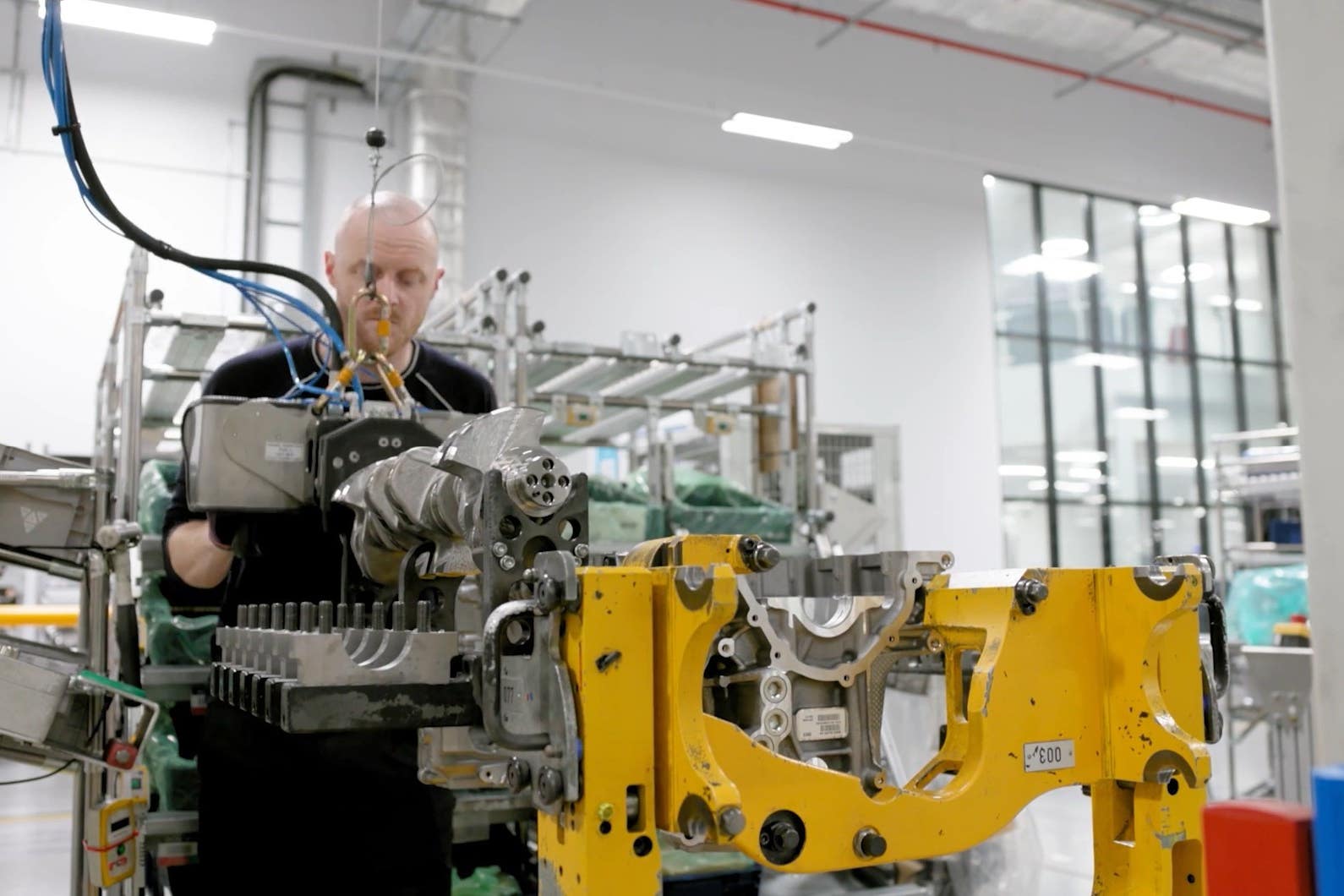
It also reported a £134m loss for the six months to the end of September, from a £1.1bn profit the prior year.
JLR’s chief executive Adrian Mardell said the company’s financial performance was “impacted by significant challenges, including a cyber incident that stopped our vehicle production in September and the impact of US tariffs”.
The manufacturer revealed costs of £196m relating to the cyber attack.
The cyber attack on Jaguar Land Rover is thought to have been the UK’s most economically damaging hack and is estimated to have cost the country £1.9bn.
Research from the Cyber Monitoring Centre indicates that around 5,000 businesses nationwide have been hit by the fallout.
Its experts analysed the incident’s broad impact across the economy and supply chain to arrive at the figure.
Jaguar Land Rover halted production at its UK factories for five weeks from 1 September after being targeted the previous day.
This disruption led to warnings from suppliers that many faced collapse without rapid trading resumption or financial aid.
Business
Forget Hot Stock Tips: These 2 Money Habits Alone Can Help You Build Wealth Up To Rs 2 Crore
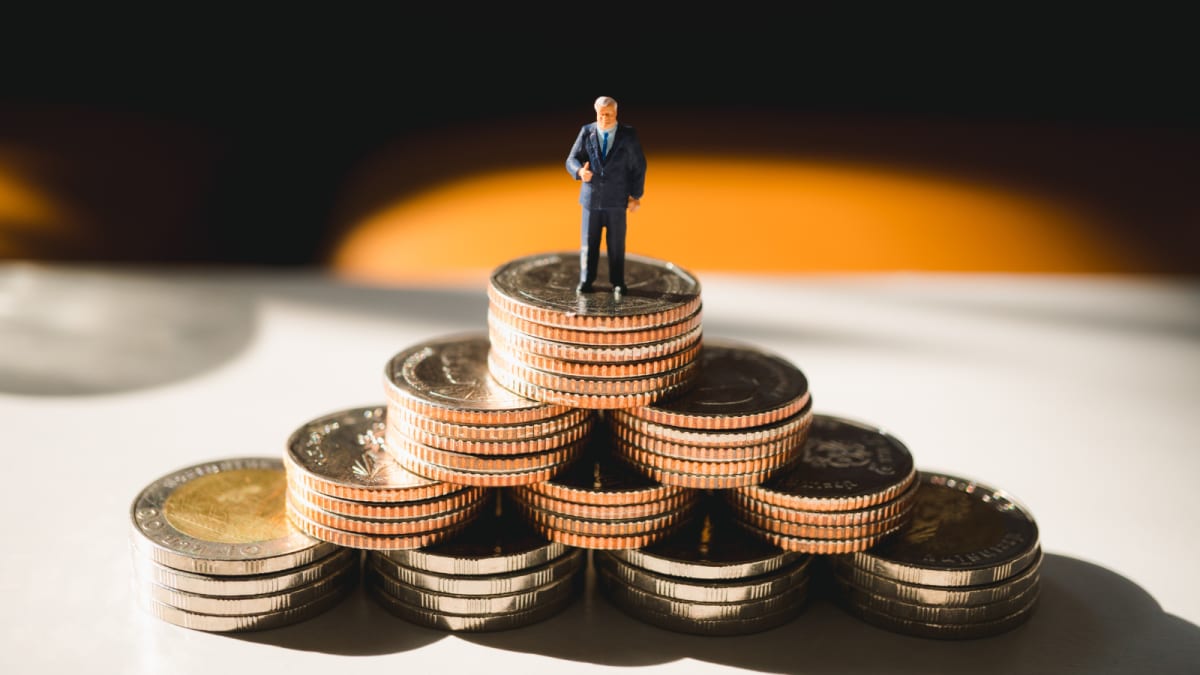
Last Updated:
Many investors focus on equities and the stock market, often overlooking a crucial component that should be part of every investment portfolio

Nitin Kaushik said that instead of chasing returns, people should focus on their behaviour, investment ratios, and discipline. (Representative/Shutterstock)
Social media is flooded with ‘quick riches’ advice and flashy stock tips, yet few ever see real results. Wealth creation, experts say, is far simpler than these trends suggest. Cutting through the noise, a chartered accountant has now shared a clear, practical mantra for building wealth, a formula he says works no matter one’s income is, whether it’s Rs 1 lakh or Rs 10 lakh.
Chartered accountant Nitin Kaushik took to X to explain that wealth stems from good habits, not just high returns.
In his post, he wrote, “Two money habits can make you rich quietly, while others stay busy chasing investments.” He believes real wealth is built through calm, consistent actions—small monthly investments, a clear budget, and periodic rebalancing.
According to Nitin Kaushik, the real problem is that most people lack a system. Whether someone earns Rs 100,000 or Rs 10 lakh, money disappears quickly if it isn’t directed with purpose. “Becoming rich doesn’t start with earnings, but with intentions,” he noted, emphasising that wealth depends more on mindset and discipline than on income.
Habit 1: Compound Interest
The first habit Kaushik highlighted is the power of compound interest, which he called “a force of nature.” Kaushik explained that investing Rs 25,000 a month at a 12% annual return can grow to about Rs 20 lakh in five years, but the same habit maintained for 20 years can build roughly Rs 2.4 crore. He advised that one should start as early as possible to let compounding work in thier favour.
Habit 2: Portfolio Rebalancing
The second habit is portfolio rebalancing. This involves adjusting investments periodically to maintain a balance between equity and debt (stocks and bonds).
He explained, “If you initially hold 70 percent equity and 30 percent debt, but as the market rises, the ratio becomes 85:15, rebalancing helps bring it back to the correct level.” Kaushik added, “It’s like pruning a tree. Pruning is not done to harm it, but to make it stronger.”
Kaushik summed up his thoughts in one line: “Compound interest builds wealth, rebalancing preserves it. One rewards your patience, the other secures your growth.” He added that instead of chasing returns, people should focus on their behaviour, investment ratios, and discipline, as these are the factors truly within their control.
Why Is It Important To Invest In Debt Funds?
Most people invest in equity funds or the stock market, but debt funds are often overlooked, even though they should be an essential part of every investment portfolio. Debt funds are mutual funds that invest in government bonds, corporate bonds, treasury bills, and other fixed-income securities. In simple terms, these funds lend money to companies or the government and earn income through interest.
The benefits of debt funds include:
- Stable returns and lower risk: Debt funds carry less risk and offer steady, predictable returns, making them a safer option for those wary of stock market volatility.
- Diversification: Debt funds balance a portfolio by providing stable returns when equities fall, maintaining overall balance and stability.
- Liquidity: Many debt funds allow for easy and quick withdrawals, unlike fixed deposits with lock-in periods, making them ideal for sudden cash needs.
- Tax benefits: Long-term debt fund investments (over 3 years) offer indexation benefits, reducing tax burdens and making them more tax-efficient than fixed deposits.
- Protection and opportunities from interest rate fluctuations: Debt funds can provide good returns when interest rates fall, as the value of older high-interest bonds increases, offering opportunities for investors.
- Ideal for new investors: Debt funds are a great entry point for those new to mutual funds, helping build investment habits with less risk.
Disclaimer:Disclaimer: The views and investment tips by experts in this News18.com report are their own and not those of the website or its management. Users are advised to check with certified experts before taking any investment decisions.
November 14, 2025, 17:49 IST
Read More
-

 Entertainment6 days ago
Entertainment6 days agoChina unveils£5.4 bn Fujian, its most advanced aircraft carrier yet
-
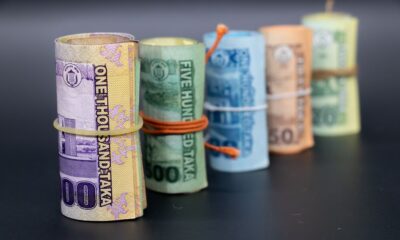
 Fashion1 week ago
Fashion1 week agoBangladesh Bank allows foreign currency-taka swap facility for dealers
-

 Business1 week ago
Business1 week agoSetback for expatriates? Delhi HC upholds mandatory EPFO membership; what this means for foreign staff – The Times of India
-

 Politics1 week ago
Politics1 week agoTrump links Republicans’ election setbacks to record US govt shutdown
-

 Tech1 week ago
Tech1 week agoThe AI Data Center Boom Is Warping the US Economy
-

 Tech1 week ago
Tech1 week agoZohran Mamdani Just Inherited the NYPD Surveillance State
-

 Politics6 days ago
Politics6 days agoIDF lawyers warned of possible Gaza war crimes: US intel findings
-
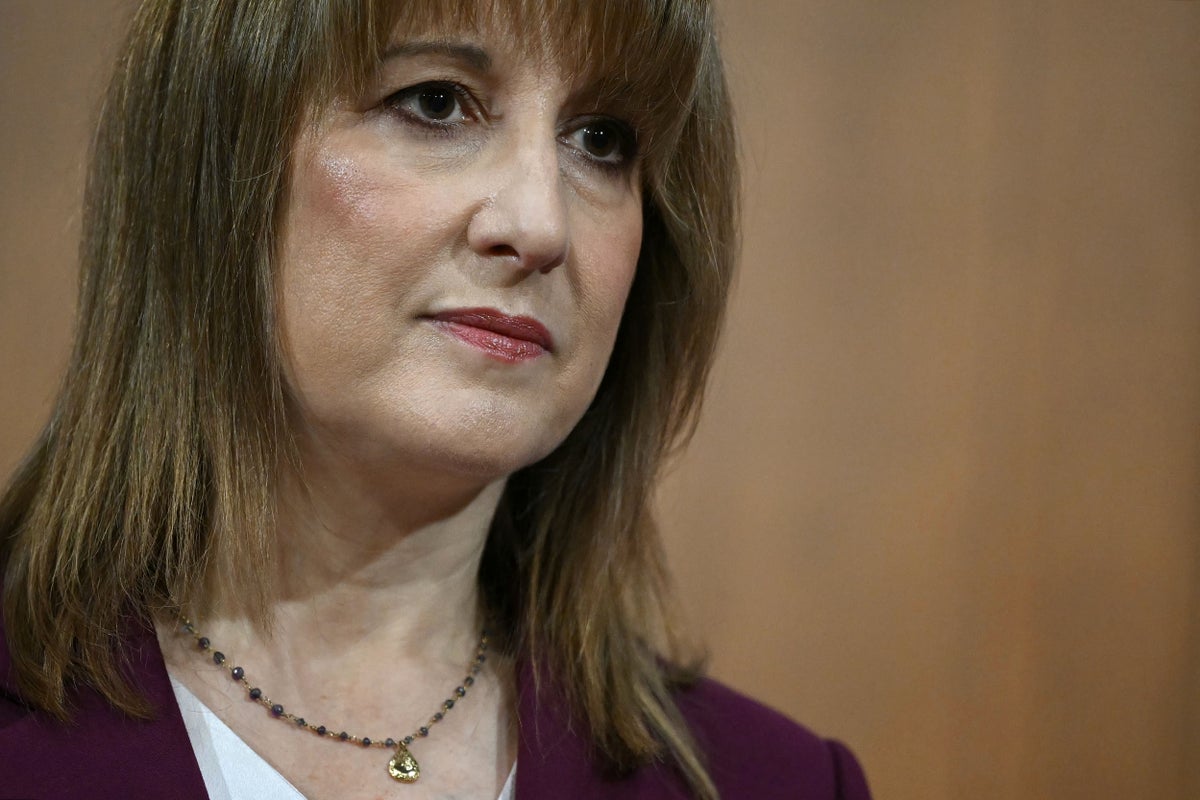
 Business1 week ago
Business1 week agoBudget tax hikes could see food prices soar, major supermarket boss warns


